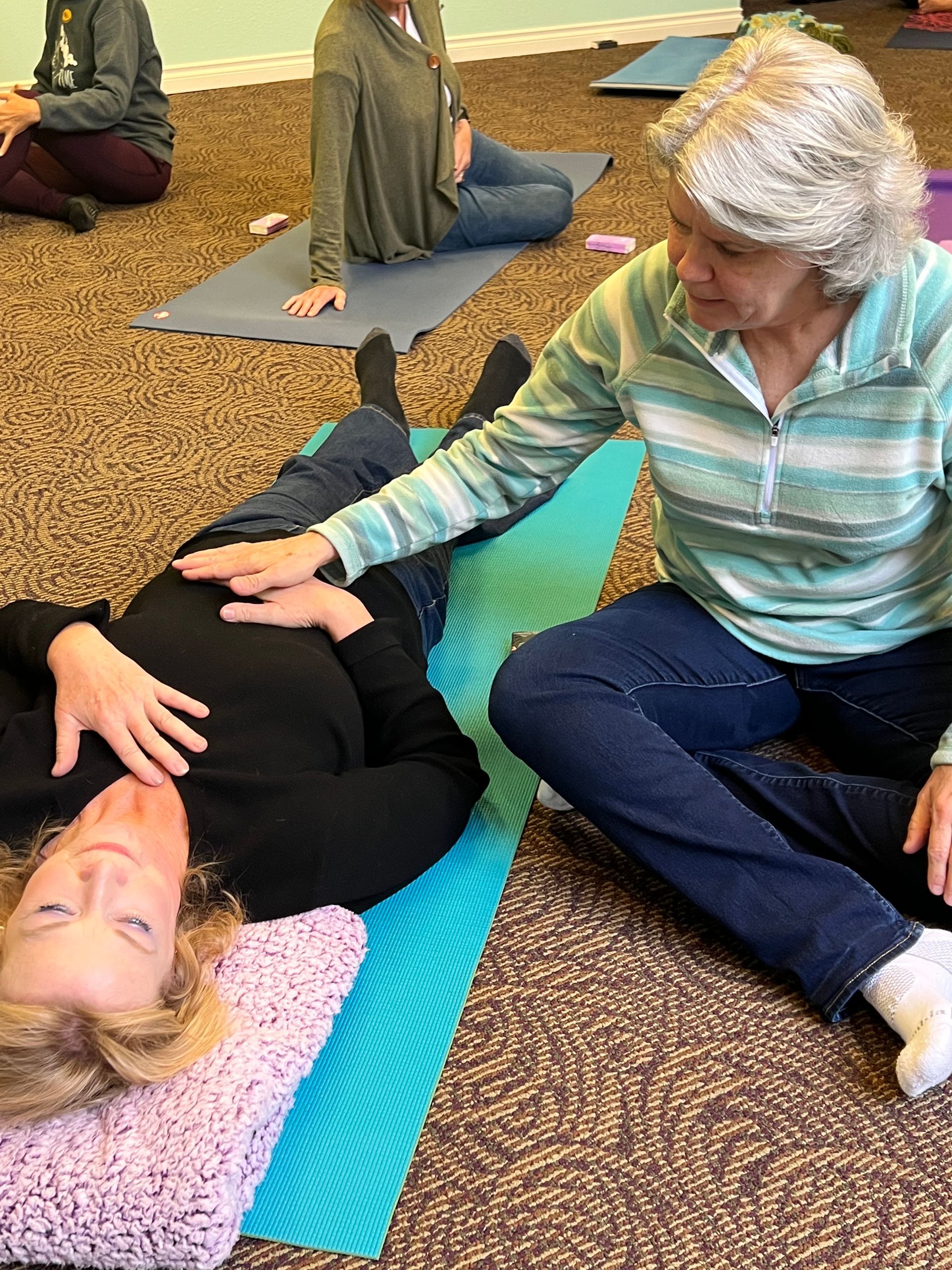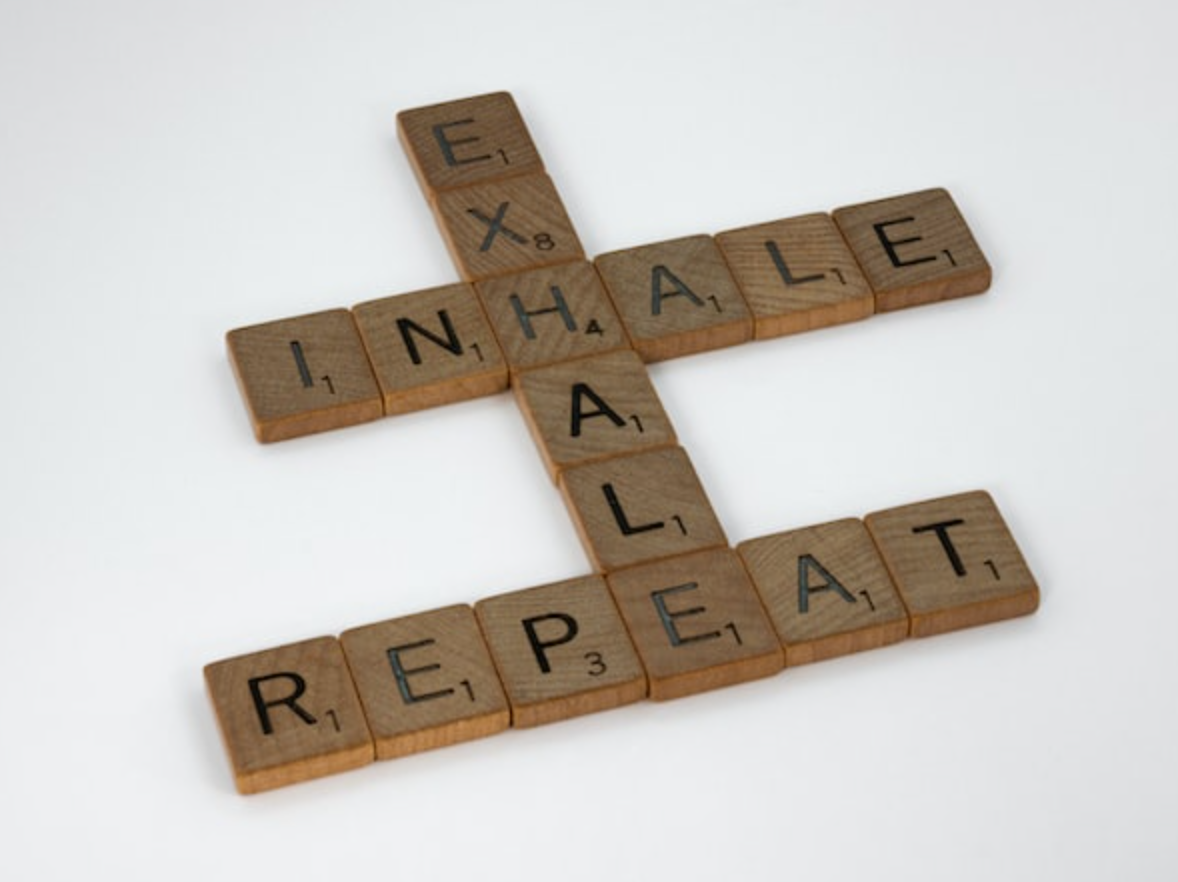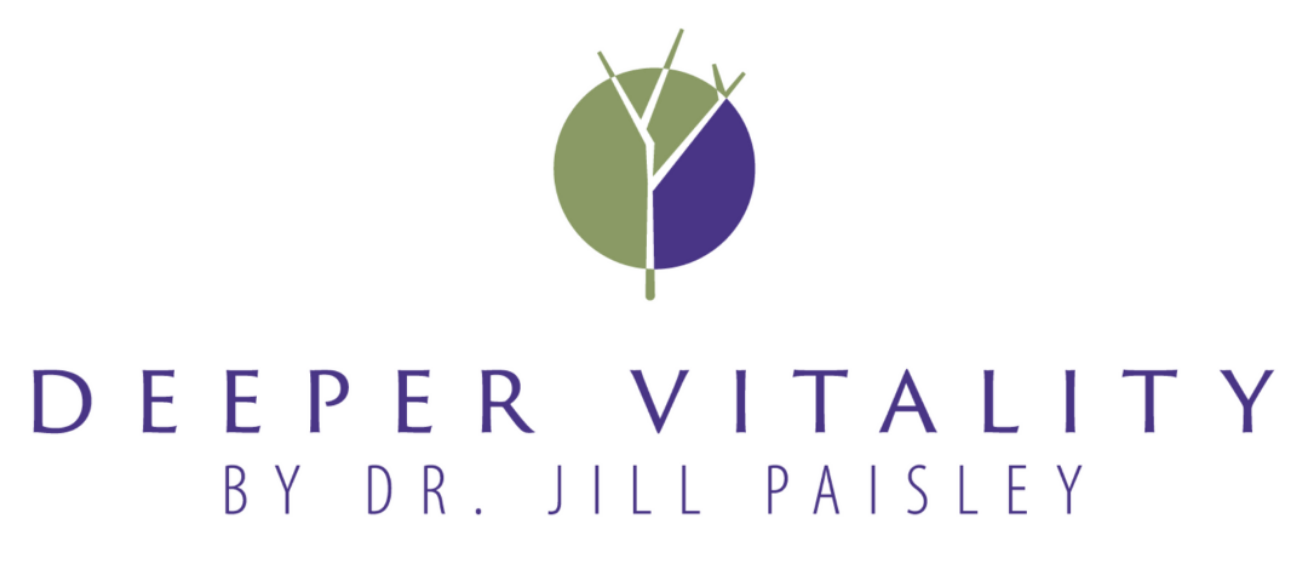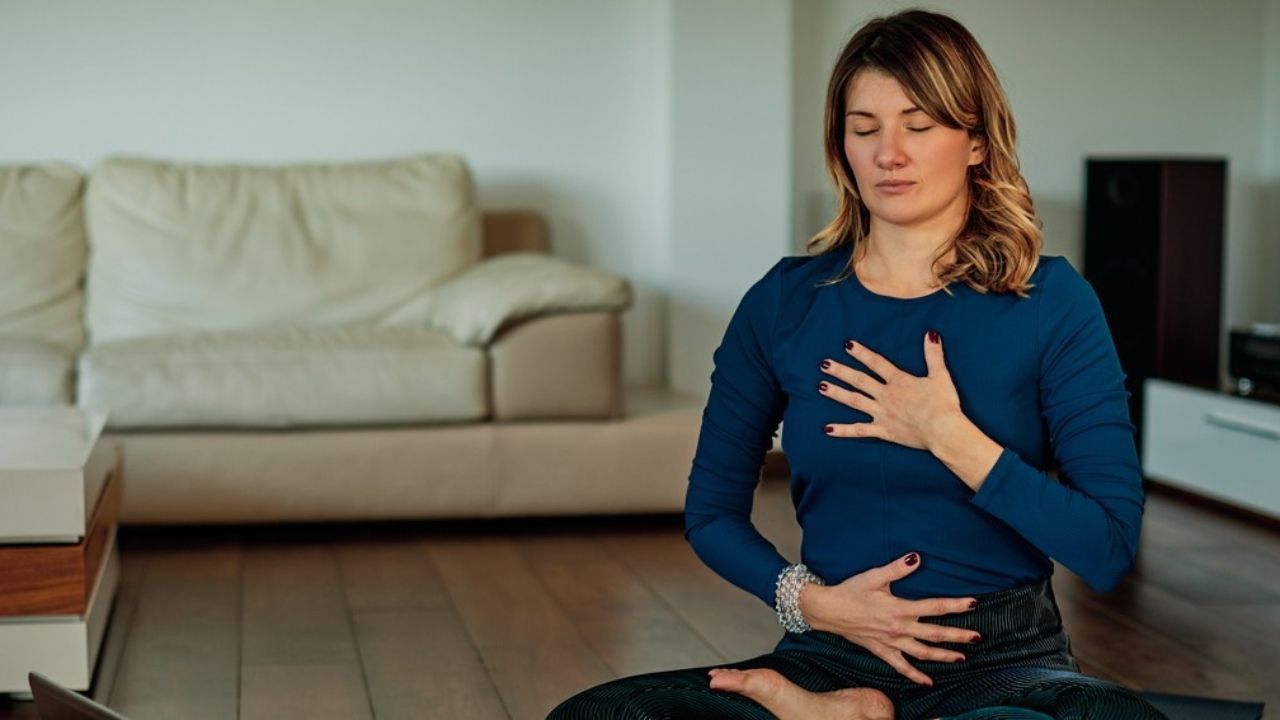What Is Breathwork and How Do You Do It?

Breathwork is an active form of meditation.
By practicing breathwork, we can disconnect from the mind and focus on the present moment. As we breathe out any thoughts, beliefs, and actions that don't support healing, we return to wholeness. In this way, daily breathwork practices can help us build resilience to handle stress, anxiety, depression, and other wellness concerns.
There are multiple breathwork techniques, each with a unique purpose and effect on the body. When you're physically or emotionally stressed, breathwork can help reduce your stress levels and rebalance your mind.
By calming the body's innate fight-or-flight response, breathwork can help you kickstart your journey toward holistic wellness.
Whether you're navigating past trauma or looking to promote relaxation, breathwork can make all the difference in your daily life.
In this post, we'll explore:
- the meaning of breathwork
- why it's beneficial
- essential techniques for practicing
What Is Breathwork?
Breathwork, an active form of meditation, describes any type of breathing exercise. The clinical definition of breathwork is the conscious control of deep breathing, a technique used in relaxation and meditative practices to ease psychological stress.
Many people practice breathwork to improve their mental, physical, and spiritual well-being. During breathwork practice, you intentionally change your breathing pattern while focusing on the present moment.
There are several forms of breathwork that all involve breathing in a conscious, connected way. Breathwork stems back to ancient spiritual traditions and Eastern wellness practices. Many modern breathing techniques have originated from traditional yoga practices based on pranayama, or the regulation of breath through conscious practices.
To get an idea of how breathwork can calm you down, try changing the ratio of your inhale to exhale.
This is a common practice that helps reduce stress. When you take shorter inhale breaths, your heart rate speeds up. When you take longer exhale breaths, it slows down.
Breathing in for a count of four and breathing out for a count of eight can help calm your nervous system. Remember: When you're feeling anxious, focus on lengthening your exhales.
Why Is Breathwork Important?

For many people, breathwork boosts feelings of relaxation and relieves anxiety. The practice primarily focuses on transforming the mental state through breathing. Regular breathwork practitioners believe that breathwork can help treat mental health concerns, helping people manage depression, addiction, and low self-esteem. Some people have said that an hour of breathwork feels like years of therapy!
How does breathwork improve our mental health? Although there are hundreds of breathwork techniques, the healing mechanism in breathwork remains the same: The mind-body connection. When you have a stressful situation or traumatic experience, if you don’t allow the body to complete the stress cycle, that stressor gets trapped in your body. Breathwork helps to complete that stress cycle and release it from your body.
In 1975, Harvard physician, Herbert Benson, discovered the relaxation response—the body's stress-countering mechanism within the parasympathetic nervous system. Benson's research revealed that you could use relaxation techniques, such as meditation, to calm the body's innate stress response.
By changing the rhythm of your breath, you send relaxation signals to the brain, which slows your heart rate and stimulates the vagus nerve in your parasympathetic nervous system. As a result, your nervous system helps you start to relax, promoting your ability to think rationally.

5 Breathwork Techniques for Self-Healing
Unlike traditional meditation where we're aware of our mental noise, breathwork helps us disconnect from the mind and reconnect with the body. From this elevated state of awareness, we can take steps to heal, grow, and tune in to our deeper selves.
You can practice breathwork on your own, or you can try structured breathing techniques as part of a formal program. When you're ready to start incorporating breathwork into your daily routine, here are some beginner-friendly techniques to try.
1. Alternate Nostril Breathing
Alternate nostril breathing is a popular breathing technique in traditional yoga. In Sanskrit, this type of breathing is called nadi shodhana pranayama, which translates to "subtle energy clearing breathing technique." You can integrate alternate nostril breathing into your regular yoga practice or practice this technique alone to help clear your mind.
To practice this technique, start by placing one hand over your nose, with your thumb hovering above one nostril and a finger hovering over the other nostril. Then, hold one nostril shut and slowly inhale through the other. Take a moment to pause once you're done inhaling, pinch that nostril shut, and slowly exhale through the other nostril. After you're finished exhaling, pause and inhale through the same nostril, repeating the process again before exhaling.
2. Rapid Breathing
Two rapid breathing techniques are commonly used in yoga practice: The breath of fire and bellows breathing. Simply put, rapid breathing techniques are controlled breathing practices performed to improve digestion and respiratory health. Although they're the opposite of slow, deep breathing, they can have wide-ranging benefits on the brain and body.
During rapid breathing, you should increase your rate of respiration to approximately 100 breaths per minute. However, your breathing shouldn't be shallow, and you should breathe with equally intentional inhalation and exhalation. This involves the fast movement of the diaphragm by moving your abdominal and chest muscles.
3. Box Breathing
Box breathing, also called four-square breathing, involves exhaling to the count of four, holding your lungs empty for another count of four, and inhaling to the count of four. Then, you'll hold air in your lungs for a count of four before exhaling and starting the process again.
If you don't feel like counting, you can use positive affirmations to guide your breathing. For example, you can try syncing affirmative words with your breath that match the count of four. As you're inhaling and exhaling, you might think of a phrase with four syllables, like "I'm here right now."
As one of the most popular breathwork techniques, you can use box breathing to manage stressors and build resilience in your daily life. Box breathing works by distracting your mind as you focus on breathing, calming your nervous system, and reducing stress in your body. You might also find that box breathing helps you clear your mind, ground yourself, and focus on the present moment.
4. Rebirthing Breathwork
Stemming from the belief that people hold subconscious memories of childbirth, which is an emotionally traumatic experience, rebirthing breathwork follows specific breathing techniques performed in water. Similar to holotropic breathwork, rebirthing techniques are often performed as part of a dedicated program, such as Rebirthing Breathwork International.
Rebirthing breathwork often uses the conscious energy breathing (CEB) technique. During rebirthing work, you'll practice "circular breathing," which involves quick breaths without any pauses between inhalation and exhalation. In structured rebirthing breathwork classes, you'll perform this technique for 1–2 hours, taking breaks if you need to.
5. Wim Hof Breathing Method
Typically performed to enhance wellness and connection to the natural world, the Wim Hof breathing method uses meditation and conscious breathing in cold conditions. If you're new to breathwork, you can learn the Wim Hof method by taking structured courses online or using a guided meditation app. Once you've mastered the basics, you can practice on your own or join structured breathwork activities with others.
Like other breathing techniques, the Wim Hof method offers several health benefits. The combination of breathwork and cold exposure helps the body reduce inflammation, helping the body start the self-healing process. The Wim Hof method can also promote lower blood pressure, improved energy, and heightened focus.
Start Your Wellness Journey With Dr. Jill
Breathwork is an essential step in your journey toward mental, physical, and spiritual wellness. Once you've incorporated some beginner-friendly breathwork techniques into your daily life, it's time to take the next step into self-exploration. The type of breathwork Dr. Jill teaches is different from the ones listed above and is called conscious connected breathing and her specific breathwork is called Deeper Vitality Breathwork. This breathwork is all done with an open mouth and it is two breaths in and one breath out with continuous breathing. This means no pause between the two inhales and one exhale. The work is done on the inhales and the exhale is a surrendering of the breath. It is a belly breath, chest breath and a relaxed exhale. With this style of breathwork, the breather has to put in a little bit of work to create massive positive transformation, helping to clear all the things out of your system that no longer serve you. Helping you to live as your highest self. Clearing out the past and making room for new and exciting things is the key to this style of breathwork. After that work, the participant has a new feeling of relaxation and vitality!
When you're ready to take the next step toward holistic wellness, Dr. Jill can help you start healing with compassionate one-on-one sessions. Dr. Jill offers customized in-person and live virtual healing sessions so you can step into vitality from the comfort of your own home.
Down the free eBook on 5 Steps Closer to a Doctor Free Me!
PRACTICE BREATHWORK TODAY!








